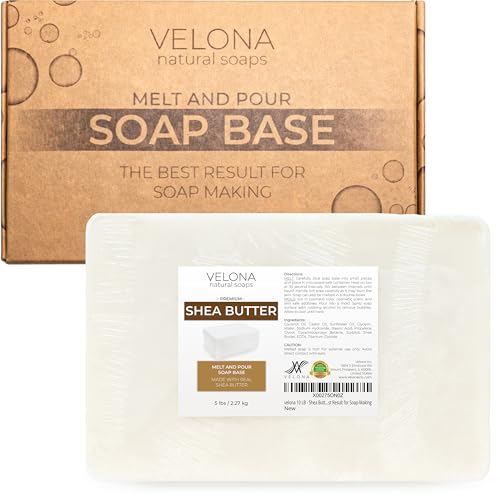Amal Sudhakaran
New Member
- Joined
- Jul 11, 2024
- Messages
- 2
- Reaction score
- 0

40% liquid oil (olive, sunflower, avocado, sweet almond safflower, rice bran, sunflower)
35% palm oil (you could also use lard or tallow)
20% coconut oil (you could also use babassu, or palm kernel oil - not the same as palm oil)
33% lye concentration, 5% SF. Dissolve 1 T of plain white sugar in your distilled water before you add the NaOH. This will help the soap to lather more easily (but will not show that in the soap calculator).
Haha, good catch!And the remaining 5% can be castor oil, or could be more liquid oil or palm oil.
Haha, good catch!
Me + Math = Many MistakesI redid the math about 5 times before I was sure there was a mistake...















They are the same thing, expressed two different ways. While lye concentration seems to be used more frequently, you should use the one that makes the most sense to you.which is a better parameter ? 33% lye concentration or water:lye ratio 2:1?
Elly’s Everyday Soapmaking on YouTube has a good video which explains the differences in how lye is expressed in Soapcalc.which is a better parameter ? 33% lye concentration or water:lye ratio 2:1?
Hey, I know it's a month old thread, but I noticed something and felt like sharing my angle.Thanks for posting the entire recipe - that is very helpful for giving feedback. Also, good job on starting with a nice small batch of only 1000g. You could even go down to 500g for testing; that makes 4-5 bars.
Here are my thoughts about everything else:
1. Change your lye setting from water as percent of oils to lye concentration. That will make it easier to adjust water higher or lower as needed, and to keep a consistent viscosity between batches of different sizes. Setting the lye concentration at 33% is a good starting place for beginners.
2. Reduce your superfat to 5% to lower the amount of soap scum and potential for rancidity.
3. Soap made with this much palm oil is going to feel like a piece of plastic your hand. With that much coconut oil, it's also very high on the cleansing value, which could make the skin feel tight and dry (and might be why you set the superfat so high). Honestly, I don't think people would like this much.
Can you add any kind of liquid oil, or do you have access to any butters or animal fats? Here is a suggestion:
40% liquid oil (olive, sunflower, avocado, sweet almond safflower, rice bran, sunflower)
35% palm oil (you could also use lard or tallow)
20% coconut oil (you could also use babassu, or palm kernel oil - not the same as palm oil)
33% lye concentration, 5% SF. Dissolve 1 T of plain white sugar in your distilled water before you add the NaOH. This will help the soap to lather more easily (but will not show that in the soap calculator).
DOS isn't automatic for any soap recipe, especially if one uses fresh oils, a chelator, and an antioxidant such as ROE.Hey, I know it's a month old thread, but I noticed something and felt like sharing my angle.
You say 40% liquid oils (and mention it could be sunflower and safflower as well). I'm pretty sure that if you make soap with that high % sunflower or safflower it will give you DOS. Now, if they are of the high oleic variety, that's a different story...
No worries!DOS isn't automatic for any soap recipe, especially if one uses fresh oils, a chelator, and an antioxidant such as ROE.
Still, I do agree that to reduce the likelihood of DOS, it's best to try to keep the combined linoleic + linolenic number at 15 or less, either by using a blend of liquid oils, or by using high-oleic versions of sunflower, safflower, soybean, or canola oils (or doing both). That's good info for folks to know, so thank you for pointing it out.
Enter your email address to join: